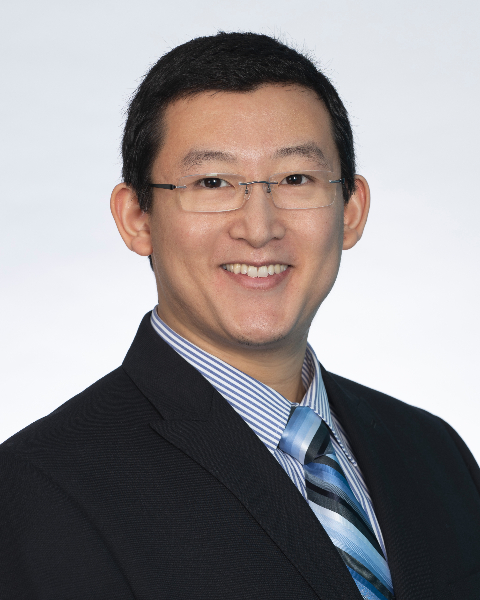PQA 03 - PQA 03 Gynecological Cancer, Pediatric Cancer, and Professional Development Poster Q&A
3474 - Research Match: Connecting Researchers to Projects
Monday, September 30, 2024
8:00 AM - 9:00 AM ET
Location: Hall C
Screen: 18

James Alin, BS
Medical College of Georgia
Augusta, GA
Presenter(s)
J. Alin1, J. Fang1, and J. Tucker2; 1Medical College of Georgia, Augusta, GA, 2MCG/Augusta University Health System, Augusta, GA
Purpose/Objective(s): At any given university, there are often research projects without enough manpower to complete the work, and students and trainees who are looking for projects to work on but can’t find any. The question becomes how we connect these two groups in a win-win situation. Many job search websites use a “matching” function in which profiles of applicants are matched with requirements from employers to make connections. Our goal is to apply a similar data-basing solution to improve research project completion rates, and increase research experience among medical students. Materials/
Methods: We created a dual facing database, with one branch aimed at collecting projects, and the other branch aimed at recruiting trainees/students. Faculty or departments are asked to provide data about their project: field, clinical vs basic, onsite vs virtual, role of the trainee, timing (business hours or flexible), IRB approval, description, and main point of contact. Trainees who are interested in matching a project, fill out a set of profile questions that mirror the project parameters. Trainees and projects are matched in an algorithmic order based on prioritization we have selected in discussion with faculty and student interests. One key is that the project point of contact is NOT made available until after a successful “match” to avoid “carpet bomb” emailing of faculty members. In order to fill the database we have networked with physicians, department chairs, interest group listervs, and chief residents across our school.
Results: In our first year’s pilot run we collected 17 projects, and had profound student interest with 70 profiles filled. We limited the number of matched projects to just 5 that best fit, and received positive feedback from students and mentors. Since then we have grown the database to 47 projects and 153 students/trainee profiles. These initial promising results prompted the creation of two student Research VP positions in each class, and we established a yearly research symposium for medical students that is about to have its second annual event.
Conclusion: We have built a proof of concept that virtual match making for research projects can close the gap between unfilled projects, and trainees seeking opportunities. The major hurdle going forward will be how to fill the database, because volunteer students’ efforts alone may not be sufficient. In addition, we will need continue building a culture of research connections between the basic/translational science departments and medical students.
Purpose/Objective(s): At any given university, there are often research projects without enough manpower to complete the work, and students and trainees who are looking for projects to work on but can’t find any. The question becomes how we connect these two groups in a win-win situation. Many job search websites use a “matching” function in which profiles of applicants are matched with requirements from employers to make connections. Our goal is to apply a similar data-basing solution to improve research project completion rates, and increase research experience among medical students. Materials/
Methods: We created a dual facing database, with one branch aimed at collecting projects, and the other branch aimed at recruiting trainees/students. Faculty or departments are asked to provide data about their project: field, clinical vs basic, onsite vs virtual, role of the trainee, timing (business hours or flexible), IRB approval, description, and main point of contact. Trainees who are interested in matching a project, fill out a set of profile questions that mirror the project parameters. Trainees and projects are matched in an algorithmic order based on prioritization we have selected in discussion with faculty and student interests. One key is that the project point of contact is NOT made available until after a successful “match” to avoid “carpet bomb” emailing of faculty members. In order to fill the database we have networked with physicians, department chairs, interest group listervs, and chief residents across our school.
Results: In our first year’s pilot run we collected 17 projects, and had profound student interest with 70 profiles filled. We limited the number of matched projects to just 5 that best fit, and received positive feedback from students and mentors. Since then we have grown the database to 47 projects and 153 students/trainee profiles. These initial promising results prompted the creation of two student Research VP positions in each class, and we established a yearly research symposium for medical students that is about to have its second annual event.
Conclusion: We have built a proof of concept that virtual match making for research projects can close the gap between unfilled projects, and trainees seeking opportunities. The major hurdle going forward will be how to fill the database, because volunteer students’ efforts alone may not be sufficient. In addition, we will need continue building a culture of research connections between the basic/translational science departments and medical students.
